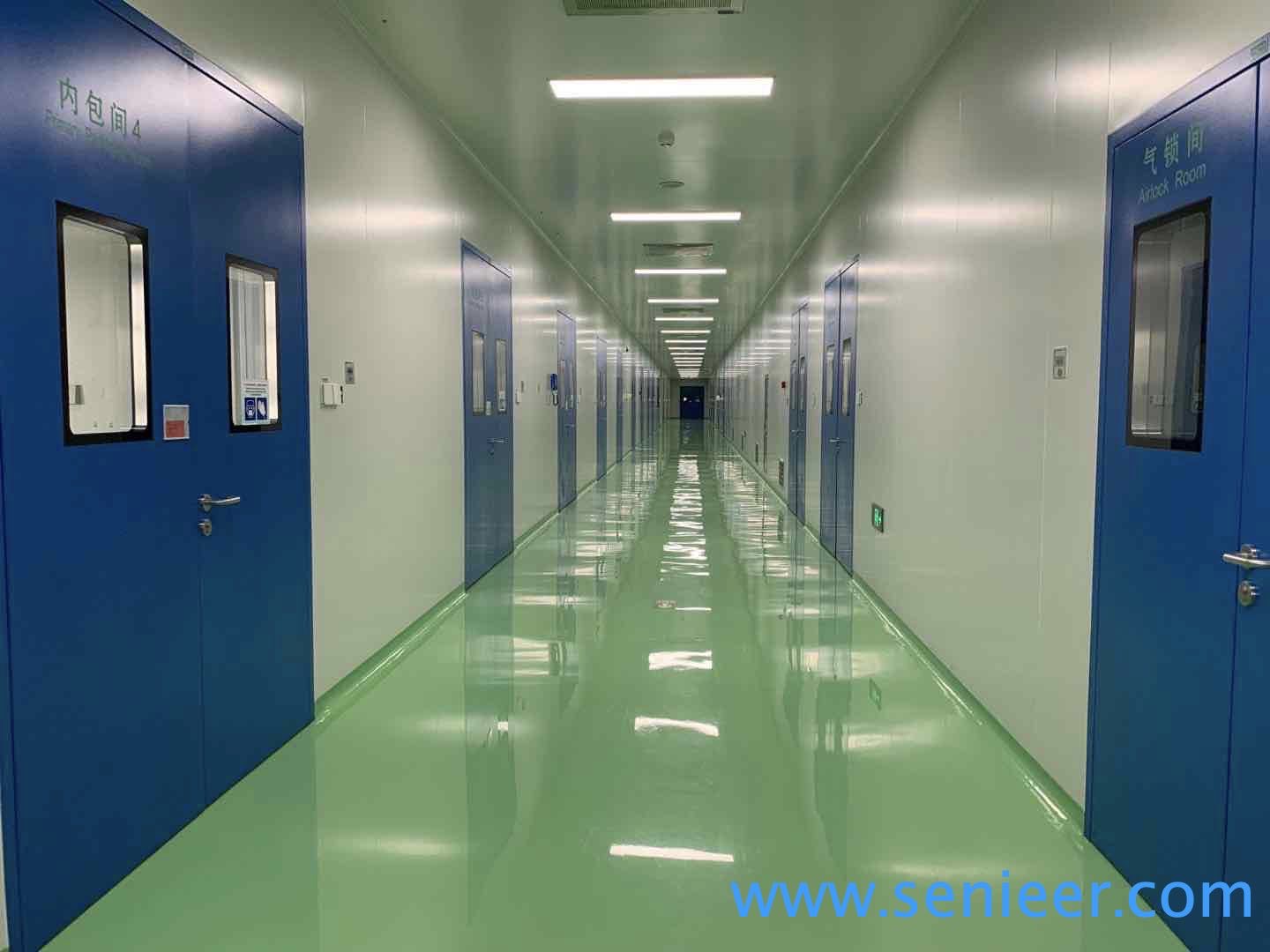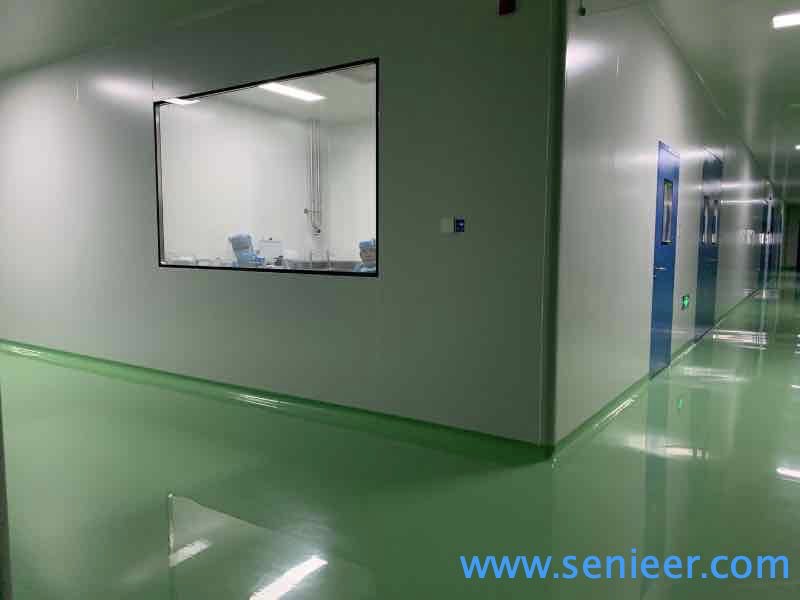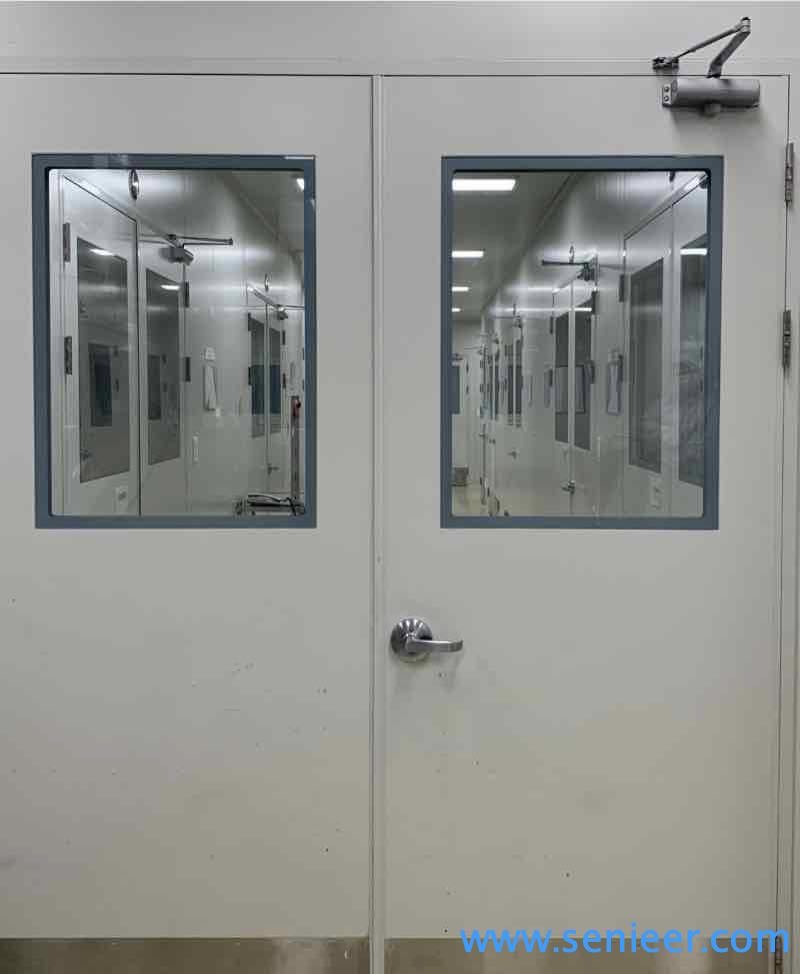There is nothing wrong with making sure your environment sparks with a high functioning shield that keeps impurities away. Pharmaceutical, biotech, food industry, electronics companies and hospital do not need contaminants making their daily functioning a misery. A majority have found numerous ways to ensure their environments have innovations that make life much easier and simple as well. Creating such surroundings demands that you consider materials used, filtration, dilution, and air movement or flow. All these should comply with particular standards and specifications.
If we look at materials used, we consider lock-out doors suitable for preventing contamination. For many organizations, stainless steel and fiberglass have always favored organizations. However, PVC has proven somewhat effective, especially since it is superfast and unfriendly to contaminants. At the factory, we have had the best experience with stainless doors since they hardly rust, retain moisture, or sustain any unwanted materials that might compromise quality control.
We also suggest antimicrobial coatings as creative mechanisms for improving cleanrooms. Although many equipment and surfaces come with such protective components, the incorporation of silver or copper proves somewhat competent. Silver particles tend to not only have microbial particles but they friendly to human contact. Their toxicity level to body cells is air, and that is why you seem its coatings in many forceps. Besides, it allows companies to have ideal surfaces that are easy to clean and disinfect.
Let us consider something more significant, like the process of cleaning and disinfecting operating environments. Which chemicals do you use? What methods do you find most suitable? These questions are rather crucial that you might think. At Senieer, we ensure that all disinfectants and cleaning materials do not leave residues on any surfaces. Remnants are a common issue in pharmaceutical industries, whereby some chemicals fail to eliminate certain substances.
We follow strict guidelines like those of HEPA or EU GMP Guidance Annex, which advice manufacturing industries to use validated cleaning processes that remove impurities that can compromise sterility. Furthermore, using innovative means to create a sterile environment has proven beneficial. For instance, you can develop methods to measure and compare residues, including visual appearance, residue accumulation, and remnants on evaporation. This idea will help you identify which cleaning and disinfecting products to use as well as the best processes for a thorough outcome.
Another significant component to consider is how to transfer highly sensitive products from one cleanroom to the next. Not all materials are friendly with different facilities, mainly when it comes to functions like sealing, emptying, and filling, among others; their residue containment differs. Consider split butterfly valves, which ensure secure powder transfer by using a single line of products. We want to ensure that you secure an environment that does not compromise your health and that of your workers.
Earlier, we mentioned filtration as an essential aspect. At Senieer, we recommend High Efficient Particulate Air (HEPA) filters for sufficient air circulation. You should also invest in Ultra Low Penetration Air (ULPA) filters, especially in surfaces where rigorous cleanliness is crucial. Most filtration frameworks get controlled via a Heating, Ventilation, and Air Conditioning (HVAC) system. It means that you should adopt technology that secures a sufficient flow of clean and unpolluted air.
We call this particular air control movement dilution. It ensures that particles created in cleanrooms get washed away by clean air, including components that pass through the filters. We then control the direction of airflow by using pressure differentials. This if to keep air blowing away from vital areas because particles and other contaminants cannot fly against the directional airflow established. Rapid air movement is also a significant aspect generated by ventilation. Remember that you have to keep material suspended in the air because when they settle down, they become real contaminants.
While adopting HEPA or ULPA filters, do not forget to check if the filters have the right sealing material. We prefer a gel substance because its soft, has a low clamping pressure, and easy to seal. The component is also environmentally friendly, rarely hazardous to human health, and it does not cause rusting. A gel is also easy to replace, thus making your life more comfortable in the cleanroom. Do not forget that the substance is not a nuisance when it comes to wiping. Therefore, we prefer using it for these and other reasons.
We desire success and therefore extend the same to you by recommending modern approaches to innovations that make life easier in the cleanroom. We recommend computerized software in designing your space. Applications like Building Information Modelling (BIM) account for complex yet useful calculations like geometry, light analysis, spatial relationships, and geographic information. You can easily set an ideal clean room with quality management tools like Failure Modes and Effects Analysis (FMEA) or Hazard Analysis and Critical Control Points (HACCP).
Another innovation better suited for cleanrooms include mist showers suitable for facilities handling highly potent materials. They protect an operator from inhaling or transferring hazardous molecules while removing their protective clothing. These mist showers are frequent in biotech industries because it is easy for workers to suspend unwanted particles in the air, which then settle on surfaces, thus causing contamination. Therefore, a mist shower wets an operator’s protective gown causing molecules to remain on the clothing instead of becoming airborne. Remember that every mist shower has to be effective, and that means you have to account for its cycle duration period, the particles’ physical and chemical properties, an employee’s misting technique, and the protective gear’s material and design.
All these innovations should be preferably energy efficient because it is significant in saving costs and the amount of carbon emission. We understand that cleanroom technologies provide more services than controlling contamination. Therefore, it makes life easier in our cleanrooms if we employ energy-efficient innovations. We install our HVAC parameters using the environmental standards approved, such as ensuring that the air released to the surroundings does not possess a concentrated amount of toxic elements. Both ventilation and air conditioning systems have advanced filters connected to a computerized system that controls emitted air. We shall be delighted to help you make turn your cleanroom into a sterile and productive environment. If you need any help, please contact Senieer now.













